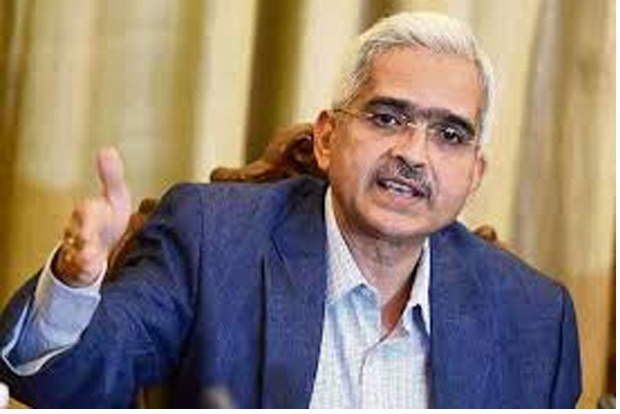Begin typing your search...
RBI holding repo rate bodes well for savings: Economists
Monetary policy can ensure that credit flow is better and the banking sector is in good shape. They can create money supply. So, it can do many things. 'They' have to now see how savings could be improved," the NIPFP professor said.

New Delhi
Even as many see the RBI's pause on repo rate as a setback for the growth, some economists argue that any further cut could have affected households savings which have already seen a decline in recent times.
"Reduction in interest rate will work negatively. The interest rate is like a double-edged sword. It will have an impact on savings and it will have an impact on investments. We know very clearly that it does not have much impact on investments. Now, what is it doing? It is basically hampering the savings," said N.R. Bhanumurthy of the National Institute of Public Finance and Policy (NIPFP).
He also said that monetary policy is not just about interest rates.
"There are many things which monetary policy does. It can ensure that credit flow is better and the banking sector is in good shape. They can create money supply. So, it can do many things. They have to now see how savings could be improved," the NIPFP professor said.
M. Govinda Rao, Chief Economic Advisor, Brickwork Ratings, said that transmission of the reduction in the policy (repo rate) requires the lending rates to fall. Further, that would also require the deposit rates to fall, which could result in reduced saving by households.
"When the inflation rate is perking up, if the banks also reduce the deposit rates, the rate of return on savings will decline which could not only reduce the incentive to save but also can hurt the elderly who maintain themselves from the interest income," he said.
As per Economic Survey of FY19, gross savings fell nearly 60 basis points as a share of GDP in two years to 30.5 per cent in 2017-18. Household savings led the decline as its share contracted from as high as 23.6 per cent of GDP in 2011-12 to 17.2 per cent of GDP in 2017-18.
"The household sector savings declined from 23.6 per cent of GDP in 2011-12 to 17.2 per cent in 2017-18 and its net financial savings and a ratio of GDP declined from 7.2 per cent to 6.5 per cent during the same period. Thus, besides inflationary expectations, ensuring adequate real rate of return on the savings could be an objective of keeping the repo rate constant," Govinda Rao said.
As against market expectations of a rate cut, the RBI on Thursday maintained the policy repo rate at 5.15 per cent. With this, the reverse repo rate also stands unchanged at 4.9 per cent. The Monetary Policy Committee (MPC) was unanimous in its decision to maintain status quo on both rates and 'accommodative' stance.
Visit news.dtnext.in to explore our interactive epaper!
Download the DT Next app for more exciting features!
Click here for iOS
Click here for Android
Next Story



